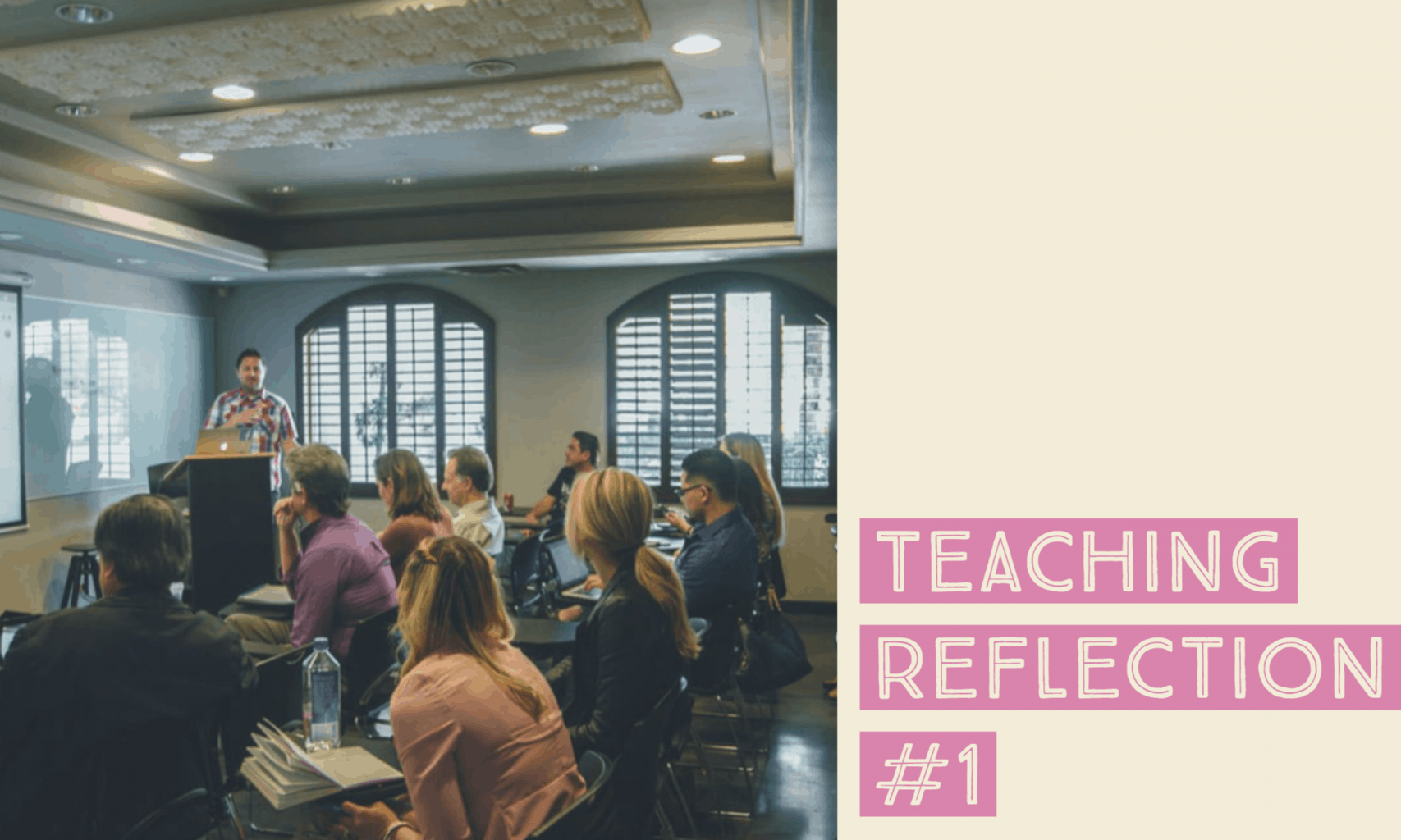In my lesson, I had 2 primary questions that I wanted us to discuss: What story do maps tell and How do maps reflect history, politics, and economics? While some aspects of my lesson worked better than expected, other portions of the instruction could have been better.
In terms of the positives regarding my teaching, I felt I did a good job with clear instructions and directions. This is something I struggle with quite a bit in my actual teaching placement. I tend to struggle to get the class under control while simultaneously giving proper guidance and directions to guide the lesson while working at my high school; being able to focus solely on giving directions rather than dividing my attention onto classroom management while teaching my peers made life a lot easier in this department.
The “draw the world activity” and the initial focus question activity were very effective at setting up the themes of the class and getting engagement from my students. The conversations they had and their contributions to the class were near perfect for me to segway into the next portion of my instruction, and while it is unlikely I would have gotten such constructive responses during the focus activity from my class at high school, the “draw the world” activity would have engaged everyone in the class and served as a perfect segway into the final stretch of the instruction.
My end activity, where we compared our maps to the map of China, could have gone better. However, aspects of this activity were still positive. There were clear connections between the ways in which the students created their maps to how the cartographers of china created theirs, and while I was able to bridge these connections at times, I could have done a much better job at relating the two activities. Some pre-thought guiding questions would have helped me substantially, as I was essentially scrambling while teaching at this part as I didn’t have the foresight to think to create these guiding questions for this portion. And finally, the weakest part was definitely the ending to my lesson. Essentially, I had no planned conclusive ending. I had a good idea in the activity that I created, as well as the flow of the lesson, but I had no ending activity that would have helped to sum up the activities of the day. Perhaps an exit slip or a google forum would have been a perfect ending, but I failed to include such an activity.
While I was satisfied with my workflow and delivery (other than the final activity), I feel my timing can still use a lot of work. The activities, especially at the end, felt a little rushed. I also felt the initial conversation could have benefited from using more time. While I have 91 minutes to work with at my high school, I need to be able to scale down and scale up the amount and duration of activities I plan so they properly fit within the time limits I am given.
From my experience, I learned that my timing still has quite a bit of work, and I need to experiment with effective ways to end my lessons. Many positive things I tried out also worked, such as my directions being written on the smartboard, using the document camera, and working alongside my students. I’m excited to put what I’ve learned into my next lesson plan, and I hope to learn just as much as I did this time.




